Pro Tips for Painting in Grisaille
Grisaille painting is not just a technique; it's a journey into the heart of artistry where shades of gray harmonize to create stunning visual depth. If you're looking to master this unique style, you're in the right place! Here, we'll explore essential tips that will elevate your grisaille painting skills from beginner to pro. So, grab your brushes and let's dive into the world of monochromatic magic!
Grisaille is a painting technique that utilizes shades of gray to create a three-dimensional effect. This section will delve into its history and significance in the art world.
Selecting the appropriate materials is crucial for achieving the desired effects in grisaille painting. This section discusses the best paints, brushes, and canvases to use.
Properly preparing your canvas is vital for a successful grisaille painting. Here, we explore the steps to prime and prepare your surface for optimal results.
Layering is essential in grisaille to create depth. This section covers various layering techniques, including glazing and scumbling, to enhance your artwork.
Understanding how to manipulate light and shadow is key in grisaille. This part discusses techniques for creating realistic contrasts that bring your painting to life.
Even experienced artists can make mistakes in grisaille painting. Here, we highlight common pitfalls and how to avoid them for a smoother painting process.
Once the grisaille base is complete, adding color can elevate your work. This section provides insights on how to effectively introduce color without losing the monochromatic foundation.
Learning from the masters can significantly enhance your grisaille skills. This section showcases renowned artists who have excelled in this technique and their notable works.
As you embark on your grisaille journey, you might have some questions swirling in your mind. Here are a few frequently asked questions that can help clarify your doubts:
- What is the best paint for grisaille? - Oil paints are often preferred for their blending capabilities, but acrylics can also work well with proper techniques.
- Can I use colored paints after grisaille? - Absolutely! Adding color can enhance your artwork, but it's essential to do it thoughtfully to maintain the underlying gray tones.
- How do I avoid muddy colors when layering? - Always allow each layer to dry before applying the next one, and use a limited palette to keep your colors vibrant.
- What should I do if I make a mistake? - Don’t panic! Mistakes can often be corrected by layering or using the right solvents to remove unwanted paint.
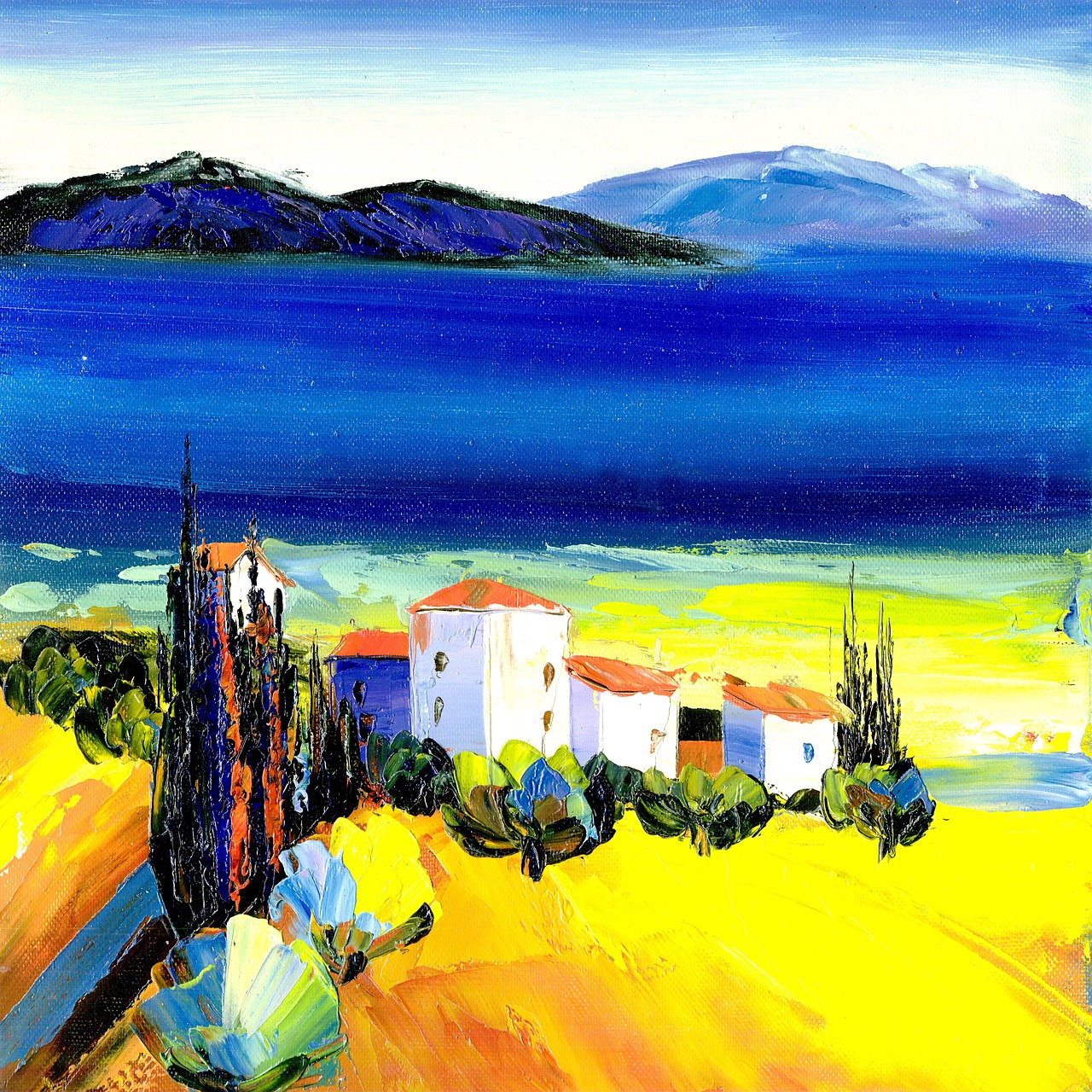
Understanding Grisaille Technique
Grisaille is not just a painting technique; it’s a journey through shades of gray that can transform a simple canvas into a three-dimensional masterpiece. Originating in the 14th century, this method gained popularity during the Renaissance, where artists employed it to create stunning visual effects that mimicked sculpture. Imagine walking through a gallery filled with paintings that seem to leap off the wall—this is the magic of grisaille!
The essence of grisaille lies in its monochromatic palette. By using various shades of gray, artists can create depth, dimension, and a striking sense of realism. The technique allows for the portrayal of light and shadow with incredible finesse, making the artwork appear almost lifelike. Think of it as sculpting with paint; each stroke adds to the form, bringing it closer to reality.
Historically, grisaille was often used as an underpainting technique. Artists would first lay down a gray base to establish the composition before adding layers of color. This not only helped in achieving a more cohesive look but also ensured that the final piece had a robust structure. For instance, renowned artists like Jan van Eyck and Jean-Auguste-Dominique Ingres utilized grisaille to enhance their works, showcasing its versatility and effectiveness.
In modern times, the grisaille technique has seen a resurgence among contemporary artists who appreciate its unique ability to convey emotion and atmosphere. Whether you are a beginner or an experienced painter, understanding grisaille opens up a world of possibilities. It encourages you to think critically about light and shadow, pushing you to experiment with different shades and techniques.
To truly grasp the power of grisaille, it’s essential to practice and observe. Spend time studying how light interacts with objects in your environment. Notice how shadows can transform a flat surface into a dynamic space. Try sketching with just pencil or charcoal to get a feel for the contrasts before diving into paint. Remember, every artist finds their unique voice through exploration!
In conclusion, mastering the grisaille technique is about more than just painting in shades of gray; it’s about understanding the fundamental principles of light, shadow, and form. As you embark on this artistic adventure, let your imagination guide you, and don’t be afraid to make mistakes along the way. After all, every stroke is a step towards discovering your own artistic style.
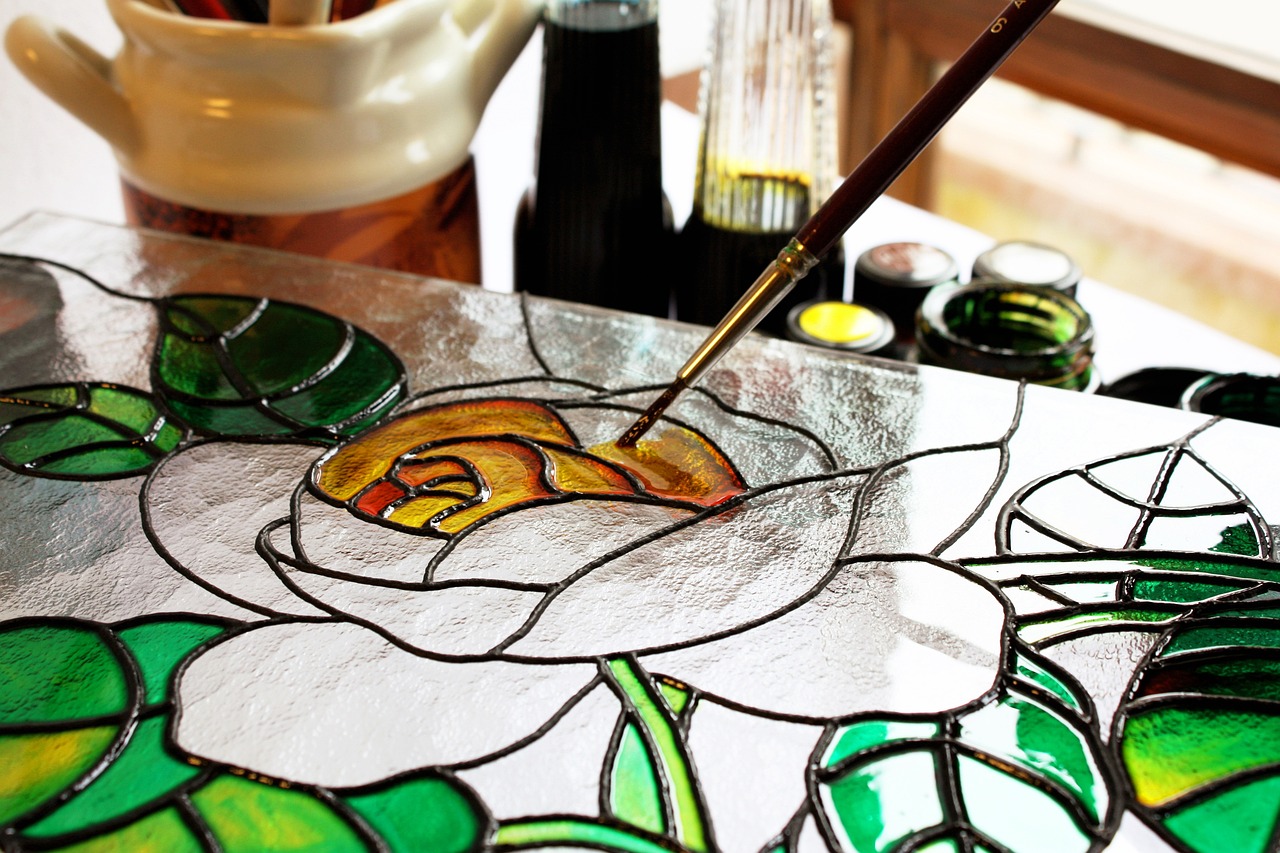
Choosing the Right Materials
When it comes to grisaille painting, the materials you choose can make all the difference in achieving that stunning, three-dimensional effect. Think of it like building a house; without a solid foundation and quality materials, everything else falls apart. So, let’s dive into the essentials you’ll need to get started on your grisaille journey.
First off, the type of paint you use is crucial. While traditional oil paints are often favored for their rich texture and blending capabilities, acrylics have become increasingly popular due to their quick drying time and versatility. If you opt for oil paints, you’ll be able to create those luscious layers that grisaille is known for. On the other hand, acrylics can give you a more modern twist, allowing for faster work and easier cleanup. Ultimately, the choice between oil and acrylic depends on your personal preference and working style.
Next, let’s talk about brushes. You’ll want to have a variety of brushes at your disposal. Flat brushes are excellent for broad strokes and covering large areas, while round brushes allow for more detail and precision. Don't forget to include some fan brushes for texture and blending. Investing in high-quality brushes can elevate your work significantly, allowing you to manipulate the paint with ease and finesse.
Now, what about the canvas? The texture of your canvas can impact the final outcome of your grisaille painting. A smooth canvas is ideal for detailed work, while a rougher texture can add character and depth. You might also want to consider using a primed canvas to ensure that your paint adheres properly, allowing for smoother application and better results. Here’s a quick overview of canvas types:
| Canvas Type | Texture | Best For |
|---|---|---|
| Primed Cotton | Smooth | Detail work |
| Primed Linen | Fine | High-quality work |
| Raw Canvas | Rough | Textured effects |
Additionally, don’t overlook the importance of a palette. A well-organized palette allows you to mix your shades effectively, and using a glass or acrylic palette can help you see the true colors of your paint. Remember, grisaille relies heavily on the manipulation of light and shadow, so being able to see your colors clearly is essential.
Lastly, consider using mediums to enhance your painting experience. A medium can alter the drying time, texture, and finish of your paint. For instance, adding a glazing medium can help you create those transparent layers that are so vital in grisaille. Just like a chef uses spices to elevate a dish, the right medium can take your painting to the next level.
In summary, the materials you choose for grisaille painting are not just tools; they are extensions of your artistic vision. By selecting the right paints, brushes, canvases, and mediums, you set yourself up for success. So, gather your materials and let your creativity flow as you embark on this monochromatic adventure!

Preparation of Canvas
When it comes to grisaille painting, the preparation of your canvas is not just a step; it's the foundation upon which your masterpiece will be built. Imagine trying to construct a house on a shaky foundation—your artwork deserves better! A well-prepared canvas ensures that the paint adheres properly and allows for smooth application, which is crucial for achieving those stunning shades of gray that define this technique.
First things first, you need to choose the right type of canvas. There are various options available, such as cotton, linen, or synthetic blends. Each has its own unique texture and absorbency, which can significantly influence the final appearance of your grisaille painting. For instance, a linen canvas is often preferred by professional artists due to its durability and fine texture, while cotton is a more affordable option that still offers good results.
Once you've selected your canvas, the next step is to prime it. Priming creates a barrier between the canvas and the paint, preventing the canvas fibers from absorbing too much paint and allowing for better color application. You can use a commercially available gesso or make your own. If you're feeling adventurous, consider using an acrylic gesso for a smooth finish, or an oil-based gesso if you prefer a more textured surface. Here’s a quick guide on how to prime your canvas:
- Clean the Surface: Ensure your canvas is free from dust and debris.
- Apply Gesso: Use a wide brush to apply a thin layer of gesso, working in one direction.
- Drying Time: Allow the first layer to dry completely before applying a second coat. Two to three coats are usually ideal.
- Sand if Necessary: For a smoother finish, lightly sand the gesso after it dries.
After priming, it’s essential to consider the tonal underpainting. Many artists choose to apply a wash of a neutral gray or a light color to establish the tonal values before beginning the grisaille layer. This not only helps in visualizing the final outcome but also aids in blending the subsequent layers of gray. Think of this underpainting as the skeleton of your artwork; it supports everything that follows.
Finally, make sure to secure your canvas properly. Whether you're using a stretched canvas or a canvas board, ensure it's taut and free from wrinkles. A well-stretched canvas will prevent any distortion during the painting process, allowing you to focus on creating rather than fixing issues later on. Remember, a little extra time spent on preparation can save you a lot of frustration down the line!
In summary, the preparation of your canvas is a critical step in the grisaille painting process. By choosing the right materials, priming effectively, and establishing a solid underpainting, you set yourself up for a successful painting experience. So roll up your sleeves and get ready to create some stunning monochromatic art!
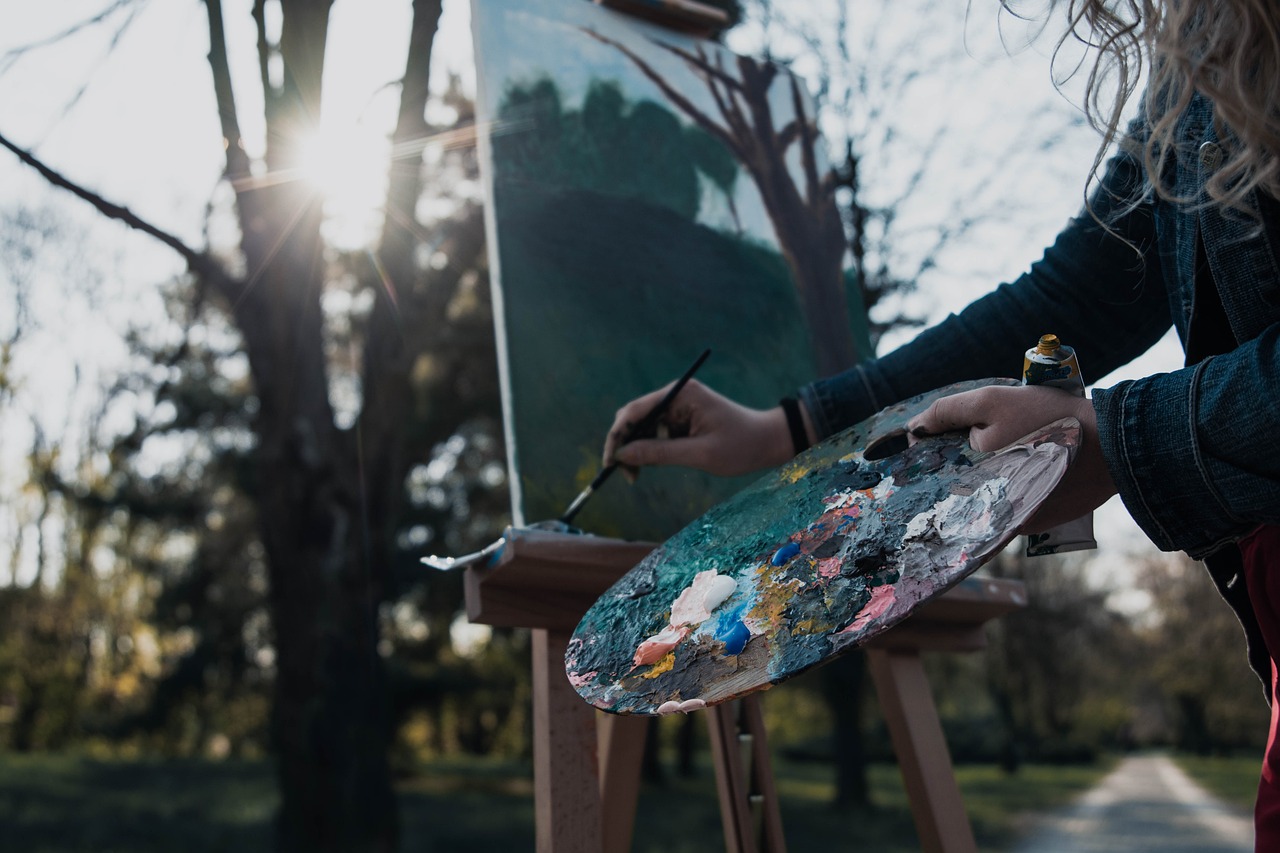
Layering Techniques
Layering is the backbone of grisaille painting, and mastering it can truly transform your artwork. In this technique, the interplay of light and shadow is achieved through the application of multiple layers of paint, allowing you to create a sense of depth and realism that captivates the viewer. Think of layering as building a house; each layer adds strength and character to the final structure. The more meticulous you are with your layers, the more solid and impactful your artwork will be.
One of the most effective layering techniques in grisaille is glazing. This involves applying a thin, transparent layer of paint over a dried layer. The beauty of glazing lies in its ability to subtly tint the underlying gray tones, enriching the overall composition without overwhelming it. Imagine glazing as putting a delicate filter over a photograph; it enhances the colors while preserving the original image. To achieve the perfect glaze, use a medium that allows for transparency, such as linseed oil or a glazing medium, and ensure that your previous layers are completely dry before application.
Another popular method is scumbling, which involves brushing a lighter, semi-opaque layer of paint over a dried layer. This technique creates a soft, textured effect that can add a sense of movement and life to your work. Picture scumbling as gently brushing a feather across a surface; it leaves a light touch that can evoke emotion and intrigue. To scumble effectively, use a dry brush technique with minimal paint, allowing some of the underlying gray to peek through.
When layering, it’s essential to consider the order of application. Start with your darkest tones and gradually work your way to the lightest. This approach not only builds depth but also helps in maintaining control over the overall tonal balance of your painting. If you find yourself struggling with this process, it might be helpful to create a layering chart that outlines which colors to use and how they will interact with one another. Here’s a simple example:
| Layer Number | Color Used | Technique |
|---|---|---|
| 1 | Dark Gray | Base Layer |
| 2 | Medium Gray | Glazing |
| 3 | Light Gray | Scumbling |
| 4 | White | Highlights |
As you delve deeper into layering, don’t forget to experiment! Every artist has a unique style, and finding what works for you can be an enlightening journey. Try combining glazing and scumbling in unexpected ways to see how they can complement each other. You might discover a new technique that becomes your signature style!
In conclusion, layering in grisaille is not just a technical skill; it’s an art form that invites you to explore the nuances of light and shadow. By mastering glazing and scumbling, and understanding the order of application, you can elevate your grisaille paintings to new heights. So grab your brushes, and let your creativity flow as you layer your way to stunning monochromatic masterpieces!
- What is the best medium for glazing in grisaille? - Linseed oil or specialized glazing mediums are recommended for achieving transparent layers.
- How do I know when to stop layering? - Trust your instincts; if the painting feels balanced and the depth is achieved, it might be time to stop.
- Can I use color in my grisaille painting? - Absolutely! Once your grisaille base is complete, you can layer colors to enhance your artwork.
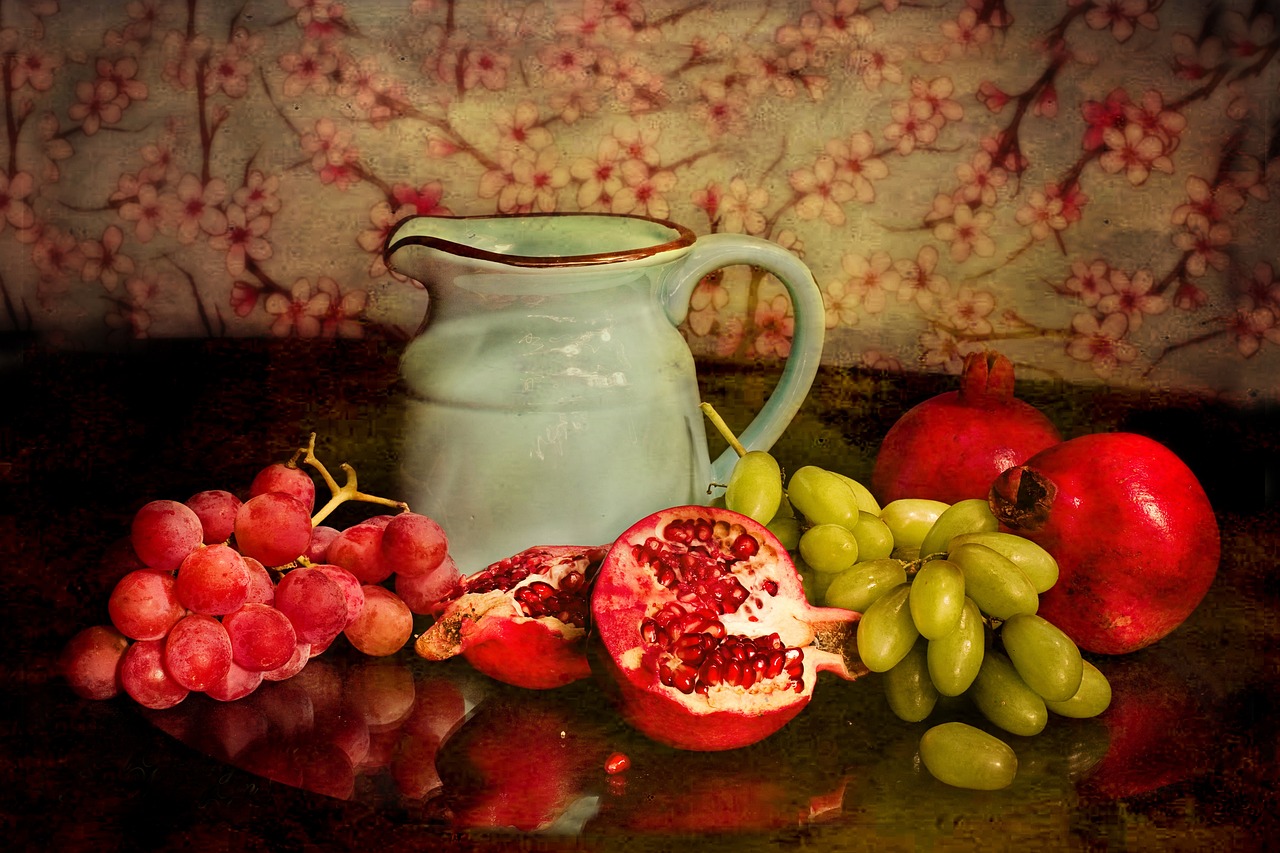
Light and Shadow in Grisaille
When it comes to grisaille painting, the manipulation of light and shadow is not just important; it's absolutely crucial. Think of it as the secret sauce that transforms a flat image into a breathtaking three-dimensional masterpiece. In grisaille, where the palette is limited to shades of gray, achieving a realistic representation of light and shadow can feel like walking a tightrope. One wrong step, and your artwork can lose its depth and vibrancy. So, how do you master this delicate balance?
First off, understanding the source of light in your composition is key. Is it coming from above, the side, or even below? The direction of your light source will dictate how shadows fall and how highlights are created. For instance, if your light source is overhead, you can expect to see shadows cast downwards, creating a natural sense of volume. Conversely, side lighting can produce dramatic contrasts, enhancing the contours of your subject. This is where your imagination takes flight—visualize how the light interacts with your subject and let that guide your brush.
Next, let’s talk about the value scale. In grisaille, you’ll be working with a range of grays, from the darkest darks to the lightest lights. It’s essential to have a clear understanding of this value scale. You might want to create a small value chart for reference. This chart can help you see the subtle differences between shades and ensure that you’re not just slapping on paint without thought. A well-planned value scale can serve as your roadmap, guiding you through the intricate dance of light and shadow.
| Shade | Description | Usage in Grisaille |
|---|---|---|
| Dark Gray | Used for deep shadows | Creates depth and dimension |
| Medium Gray | Used for mid-tones | Balances light and shadow |
| Light Gray | Used for highlights | Illuminates forms |
Another technique to enhance light and shadow is glazing. This method involves applying a thin layer of transparent paint over a dry layer, which can add a beautiful luminosity to your work. By glazing with lighter shades, you can create the illusion of light bouncing off surfaces, making your painting feel alive. On the flip side, using darker glazes can deepen shadows, adding to the overall drama of your piece.
Lastly, don't forget about contrast. The stark differences between light and dark areas can be your best friend in grisaille painting. High contrast can create a striking visual impact, drawing the viewer's eye to the focal points of your artwork. However, be careful not to overdo it; subtlety often yields the most stunning results. Think of it as seasoning in cooking—just the right amount can elevate your dish, but too much can ruin the flavor.
In conclusion, mastering light and shadow in grisaille painting is a journey that requires practice, patience, and a keen eye. By understanding your light source, utilizing a value scale, experimenting with glazing, and playing with contrast, you can create stunning works that captivate and inspire. So grab your brushes and let the dance of light and shadow begin!
- What is grisaille painting? Grisaille is a monochromatic painting technique that uses shades of gray to create a three-dimensional effect.
- How do I choose the right materials for grisaille painting? Select high-quality paints, brushes, and a suitable canvas to achieve the best results.
- What are some common mistakes in grisaille painting? Overworking the paint, neglecting the value scale, and not considering the light source can lead to poor results.
- Can I add color after completing a grisaille painting? Yes! Adding color can enhance your work significantly, but it's essential to do it thoughtfully to maintain the integrity of the grisaille base.
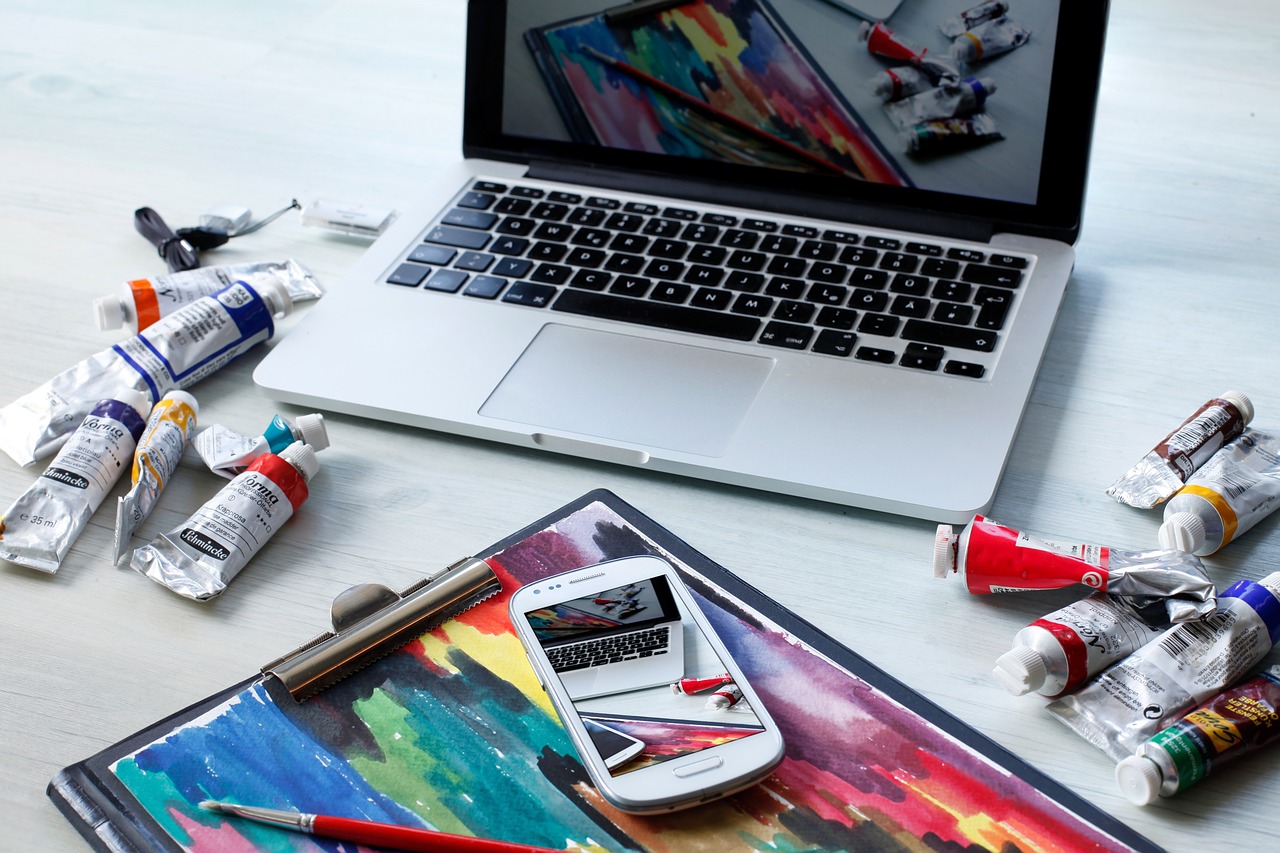
Common Mistakes to Avoid
When diving into the world of grisaille painting, even seasoned artists can stumble upon a few common pitfalls that may hinder their progress. One of the most frequent mistakes is not understanding the importance of value in your composition. Remember, grisaille relies heavily on the manipulation of light and shadow, so if your values are off, your painting may end up looking flat and lifeless. It's like trying to bake a cake without measuring the ingredients—too much or too little can ruin the whole thing!
Another common error is rushing through the layering process. Grisaille painting thrives on the subtle transitions between shades of gray. If you apply your layers too quickly or too thickly, you risk losing that delicate depth that makes grisaille so captivating. Think of it as building a house; you wouldn't just slap on the roof without ensuring the walls are sturdy first, would you?
Furthermore, many artists neglect the significance of canvas preparation. Skipping this crucial step can lead to uneven paint application and an unsatisfactory finish. Properly priming your canvas is akin to preparing a canvas for a grand performance—you want everything to be just right before the show begins! Make sure your surface is clean, smooth, and ready to hold those beautiful shades of gray.
Additionally, a common oversight is failing to step back and evaluate your work regularly. It’s easy to get lost in the details, but taking a moment to observe your painting from a distance can provide you with a fresh perspective. This practice can highlight areas that need more contrast or adjustments in value, allowing you to refine your work more effectively. Remember, sometimes less is more, and a little distance can help you see the bigger picture.
Lastly, don't forget about the importance of patience. Grisaille painting is not a race; it requires time and careful consideration. Artists often rush through the process, eager to see the final result. However, allowing each layer to dry properly and taking the time to build up your values will ultimately lead to a more successful piece. Think of it like a fine wine; the longer you let it age, the better it gets!
By being aware of these common mistakes and taking the necessary precautions, you can enhance your grisaille painting experience. Embrace the journey and remember that every stroke is a step towards mastering this beautiful technique.
- What is grisaille painting? Grisaille is a monochromatic painting technique that uses shades of gray to create a three-dimensional effect.
- Do I need special paints for grisaille? While you can use any paint, it's best to choose high-quality acrylics or oils that allow for smooth blending and layering.
- How long should I wait between layers? It depends on the medium, but generally, allowing each layer to dry completely before adding the next is advisable.
- Can I add color after completing a grisaille painting? Yes! Adding color after establishing your grisaille base can create stunning effects and depth.
- Who are some famous artists known for grisaille? Artists like Jan van Eyck and Jean-Auguste-Dominique Ingres have famously used grisaille in their works.
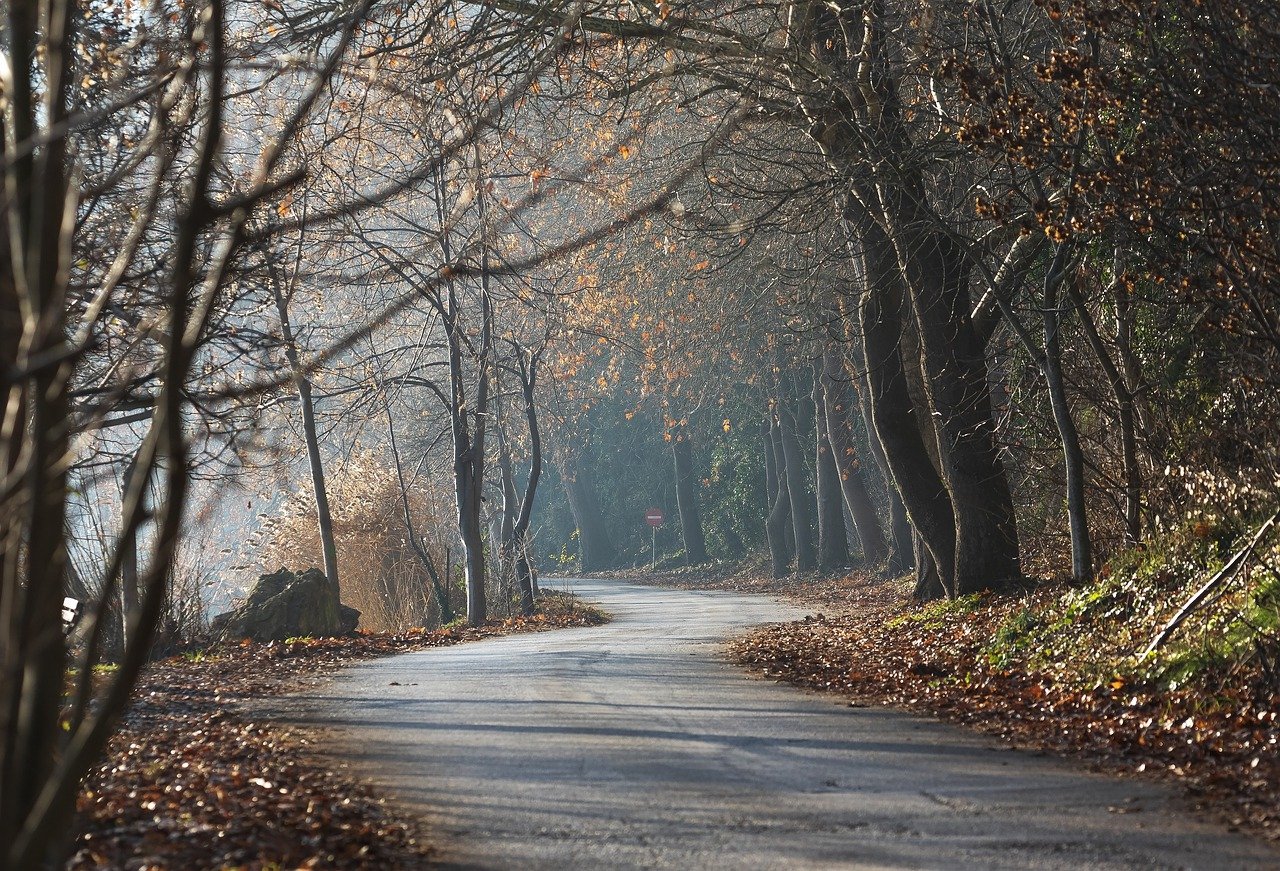
Incorporating Color After Grisaille
Once you've established a solid foundation with your grisaille painting, the next exhilarating step is to incorporate color. This process can feel like adding the final brushstrokes to a masterpiece, transforming your monochromatic work into a vibrant piece of art. But how do you do this without losing the depth and dimension you've painstakingly created? It’s all about balance and technique!
First, it's essential to understand that the colors you choose should harmonize with the grayscale you've already laid down. Think of it as dressing up a classic black-and-white photograph; the colors you add should enhance the existing tones rather than overpower them. A good rule of thumb is to select colors that are slightly muted or desaturated, as this will allow the grisaille undertones to shine through. For instance, if you're painting a landscape, consider using soft greens and blues that complement the gray shadows and highlights.
One effective method for introducing color is through glazing, which involves applying thin, transparent layers of paint over your grisaille base. This technique lets the underlying gray tones influence the final color, creating a beautiful depth. To achieve this, use a medium like linseed oil or a glazing medium mixed with your chosen color. Apply it in a controlled manner, building up layers gradually until you reach the desired intensity. Remember, patience is key here; rushing can lead to muddy colors.
Another technique you might find useful is scumbling. This involves applying a thin, opaque layer of color over the grisaille. The goal is to allow some of the underlying gray to show through, creating a textured effect. When scumbling, use a dry brush and a small amount of paint, and apply it in a circular or crosshatch motion. This technique can add a dynamic quality to your artwork, giving it a sense of movement and life.
Before you dive into adding color, consider creating a color palette that reflects your vision for the piece. This palette will serve as your guide, ensuring that the colors you choose work well together. You might want to experiment with color swatches on a separate canvas to see how they interact with your grisaille before applying them to your main piece.
Lastly, it’s crucial to step back frequently and assess your work from a distance. This practice will help you see how the colors interact with the grisaille and whether adjustments are needed. Sometimes, what looks good up close may not translate well from afar. Don't hesitate to make changes as you go along—art is an evolving process!
In summary, incorporating color after establishing a grisaille foundation can elevate your artwork to new heights. By using techniques like glazing and scumbling, and by carefully selecting your colors, you can create a stunning final piece that maintains the depth and richness of your initial work. So grab your brushes, unleash your creativity, and watch your grisaille come to life with color!
- What is grisaille painting? Grisaille is a monochromatic painting technique that uses shades of gray to create a three-dimensional effect.
- Can I use any color after grisaille? It's best to use colors that are muted or desaturated to complement the gray tones, ensuring they enhance rather than overpower the underlying artwork.
- What techniques are best for adding color after grisaille? Glazing and scumbling are two effective techniques for incorporating color while maintaining the depth created by the grisaille.
- How do I prepare my colors for glazing? Mix your chosen color with a glazing medium or linseed oil to create a transparent layer that allows the grisaille to show through.
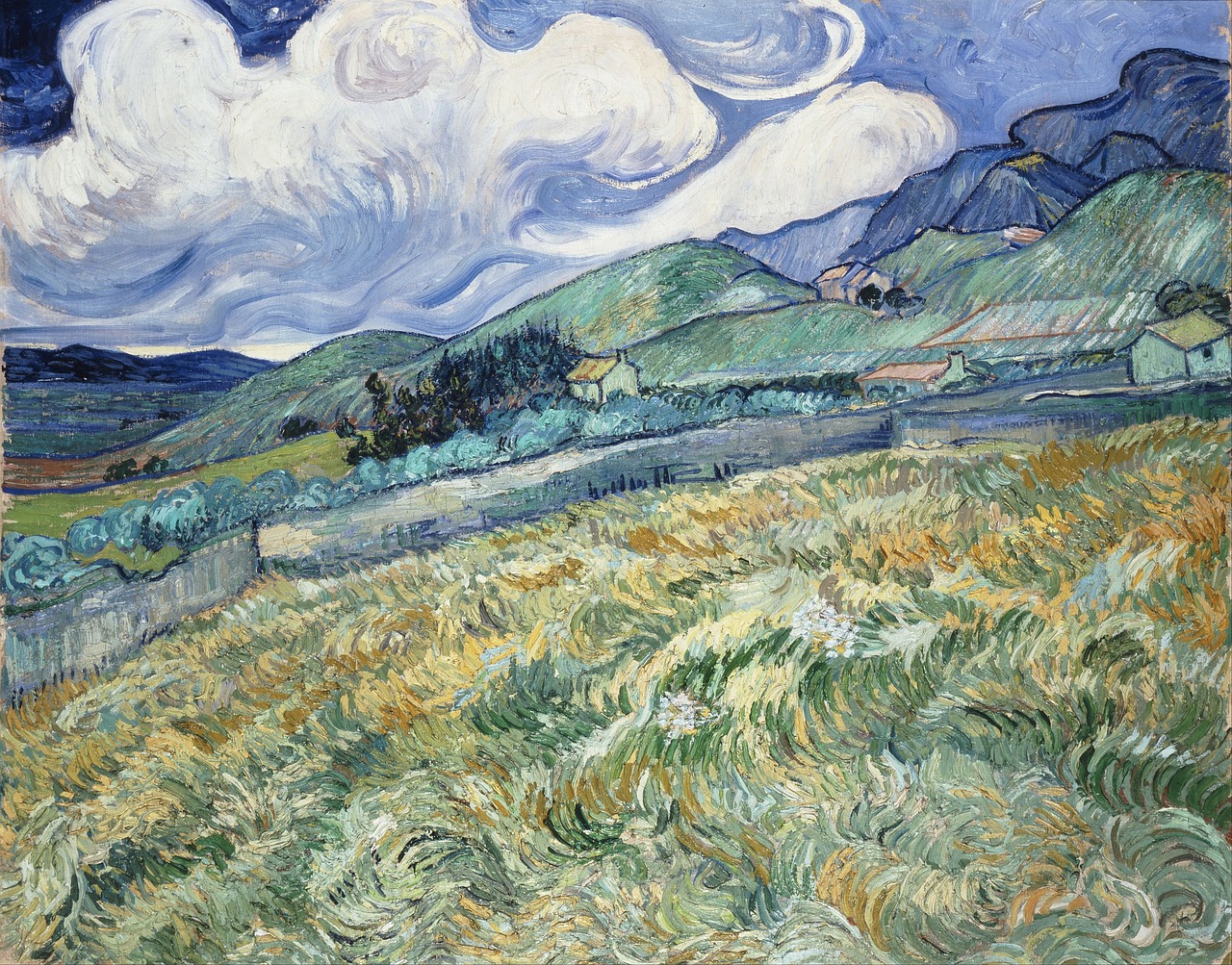
Inspiration from Masters
When it comes to mastering the art of grisaille painting, looking to the masters can be a game-changer. Renowned artists throughout history have utilized this monochromatic technique to achieve stunning effects and convey deep emotions in their work. For instance, Jan van Eyck, a Flemish painter from the 15th century, is celebrated for his meticulous attention to detail and use of grisaille in his altarpieces. His works not only showcase the beauty of light and shadow but also demonstrate how this technique can create a sense of realism that captivates the viewer.
Another pivotal figure in the grisaille technique is Jean-Auguste-Dominique Ingres, a French Neoclassical painter. Ingres often employed grisaille to create preparatory sketches for his larger works. His ability to render the human form in shades of gray before adding color highlights the importance of a solid foundation in painting. By studying his techniques, contemporary artists can learn how to build their compositions effectively, ensuring that the final piece resonates with depth and clarity.
Additionally, the Baroque period brought forth artists like Caravaggio, who skillfully manipulated light and shadow to evoke emotion. His use of chiaroscuro—a technique closely related to grisaille—demonstrates how contrasting tones can add drama to a painting. Caravaggio's works serve as a reminder that understanding light and shadow is essential for any artist wishing to elevate their grisaille practice.
To further inspire your grisaille journey, consider exploring the following artists and their notable works:
- Thomas Eakins - Known for his realistic depictions of the human figure, Eakins often used grisaille in his studies.
- Lucian Freud - His later works incorporate a monochromatic approach that reflects the depth of human emotion.
- Franz Hals - His portraits showcase a mastery of light and shadow that can be emulated in grisaille painting.
By studying these masters, you can gain insights into how to effectively use grisaille to not only enhance your technical skills but also to express your unique artistic voice. Each artist offers a different perspective on how to manipulate shades of gray to create depth, emotion, and narrative in your work. Remember, the journey of mastering grisaille is as much about exploration and experimentation as it is about technique. So, immerse yourself in their works, and let their creativity inspire your own!
Q: What is grisaille painting?
A: Grisaille is a monochromatic painting technique that uses shades of gray to create a three-dimensional effect, often as a base for adding color later.
Q: Which artists are known for using grisaille?
A: Artists like Jan van Eyck, Jean-Auguste-Dominique Ingres, and Caravaggio are renowned for their use of grisaille in their works.
Q: How can I start practicing grisaille?
A: Begin by selecting a subject and creating a detailed sketch. Then, use varying shades of gray to build depth and dimension on your canvas.
Q: Can I add color after completing a grisaille painting?
A: Yes! Once your grisaille base is complete, you can introduce color carefully to enhance your artwork without losing the monochromatic foundation.
Frequently Asked Questions
- What is grisaille painting?
Grisaille painting is a monochromatic technique that uses various shades of gray to create a three-dimensional effect. It can be used to depict realistic forms and is often considered a foundational technique in oil painting.
- Why is the grisaille technique important?
This technique not only helps in mastering light and shadow but also serves as an excellent base for adding color later. It allows artists to focus on composition and tonal values before introducing hues, making it a valuable method for both beginners and seasoned painters.
- What materials do I need for grisaille painting?
To get started with grisaille painting, you'll need high-quality gray paints, a good set of brushes (preferably synthetic for smooth application), and a properly primed canvas. Additionally, a palette for mixing and a medium for glazing can enhance your painting experience.
- How do I prepare my canvas for grisaille painting?
Preparing your canvas involves priming it with gesso to create a smooth surface. Once dry, you can sketch your composition lightly with a pencil or charcoal. This preparation ensures that your grisaille layers adhere well and achieve the desired depth.
- What layering techniques should I use?
Layering is crucial in grisaille painting. Techniques such as glazing (applying thin layers of transparent paint) and scumbling (using a dry brush to apply a lighter color) help build depth. Experimenting with these methods can lead to stunning results!
- How can I create realistic light and shadow?
To manipulate light and shadow effectively, observe how light interacts with forms in real life. Use darker shades for shadows and lighter shades for highlights. Gradually build these contrasts to create a lifelike appearance in your work.
- What are common mistakes to avoid in grisaille painting?
Common pitfalls include overworking the paint, neglecting to let layers dry, and not paying attention to tonal values. To avoid these, take your time, allow each layer to dry, and constantly assess your work for balance and depth.
- How do I incorporate color after completing the grisaille base?
Once your grisaille painting is dry, you can start adding color by glazing over the monochromatic base. Use transparent colors to maintain the depth created by the grisaille while introducing vibrancy. This technique can elevate your artwork to new heights!
- Who are some masters of grisaille painting?
Renowned artists like Jan van Eyck and Jean-Auguste-Dominique Ingres have mastered the grisaille technique. Their works showcase the beauty and depth achievable through this method, offering great inspiration for contemporary artists.



















